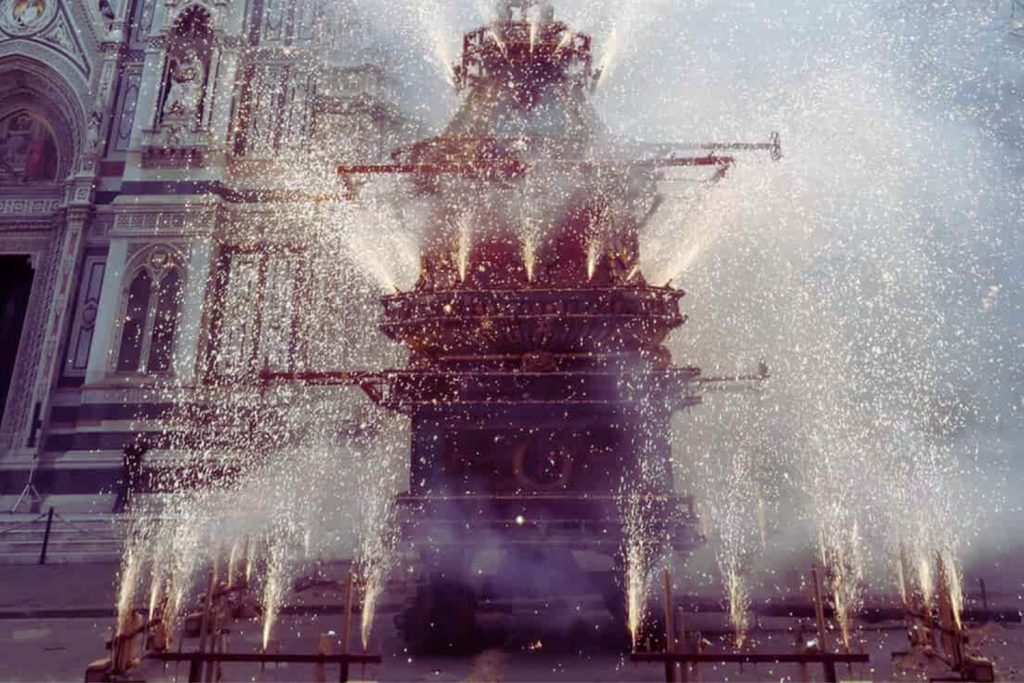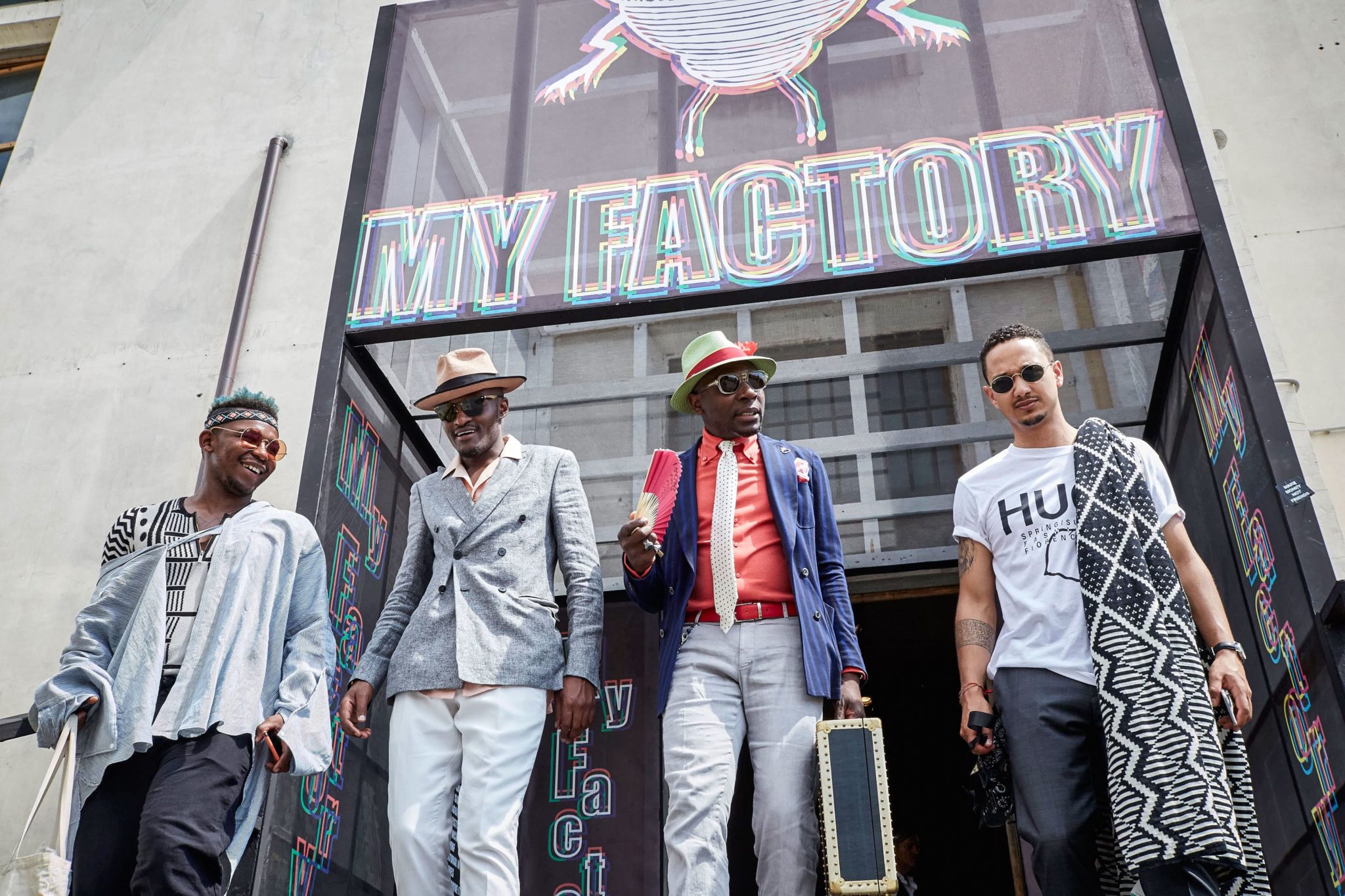In Italy on Easter days there are popular secular religious events. The explosion of the Brindellone in Florence in Tuscany is one of the most authentic.
This popular tradition has a very long history and in fact the ceremony is one of the oldest traditions of culture dating back to the time of the Crusades.
This re-enactment traces the deeds of the Florentines during the Crusades and their return to the city. Every year on the morning of Easter Sunday the Piazza del Duomo is filled with citizens and tourists who want to attend this particular celebration.
The outbreak of the Brindellone in Florence : why is it called so?
The ceremony of the explosion of the Brindellone wagon in Florence is an event at the same time both secular and religious that annually attracts citizens during Easter. For the inhabitants of the Tuscan city this event has a particular significance because it calls into question motivations connected to the identity of the city.
The term brindellone comes from the Florentine jargon and defines a tall, dangling and malformed person. The word has been combined with the cart since the feast of the Florentine Mint to celebrate its patron John the Baptist. On June 24, a hay cart pulled by a man left the mint tower and went around the city. The man dressed in rags represented the holy hermit and was called Brindellone. Since then all the wagons used in the city for ceremonies took that name.

Foto : Ilreporter
The story of the outbreak of the Brindellone in Florence
The celebration of the explosion of the Brindellone cart in Florence originated at the time of the First Crusade in 1101 when the Florentine captain Pazzino dei Pazzi, returning from Jerusalem, brought with him three stone scales of the Holy Sepulchre of Christ. These were given to him by commander Godfrey IV of Bouillon for being the first to enter Jerusalem. The stones were placed in a precious casket and handed over to the prelates of the church of San Biagio.
In the thirteenth century the family of Pazzi to keep alive the memory of his ancestor had built a traveling wagon richly decorated. This, on the day of Holy Saturday, carried around the city of Florence fire access with the sacred stones. The Pazzi took care of the organization of the Easter rite until 1859 when it passed to the town council.
Today’s ceremony does not differ much from that of the past and faithfully follows its origins.
The outbreak of the Brindellone in Florence: the celebration
The traditional ceremony of the explosion of the Brindellone wagon in Florence takes place every year on the morning of Easter Sunday in front of the Cathedral. The cart starts from its warehouse of Porta dal prato pulled by two pairs of white oxen decorated with garlands in the direction of the Piazza del Duomo.
At the same time the historical parade of the Florentine Republic preceded by the Gonfalone and the banner of the Pazzi family. The procession is composed of musicians and flag bearers and heads towards the square. In the Cathedral the liturgy of the third hour is celebrated. At the end the Archbishop goes to the opposite part of the sacrate of the Duomo and blesses the crowd and the cart before returning to the church and finish the Easter service.
This rocket thrust reaches the wagon and triggers the fireworks. For about twenty minutes there is the explosion that is accompanied by the sound of the bells. Once finished, the dove should return to the main altar. If successful, it would be a sign of good luck for the coming year.
What to eat at Easter in Florence?
Easter in Florence is a festival rich in traditions also with regard to the table. On this occasion are prepared the dishes of the Florentine culinary tradition that is one of the most appreciated in Italy. As for appetizers can not miss the local meats. The first typical dishes are chicken soup and fettuccine with rabbit sauce.
One of the inevitable dishes in Easter lunches is lamb that is usually cooked in the oven. A typical dessert of the Lent period is the Pan Ramerino which is a sweet spicy and flavored bread. Another very common dessert is Lent. These are cookies made with egg whites, sugar, hazelnut flour and cocoa.
Copertina: Ilreporter




